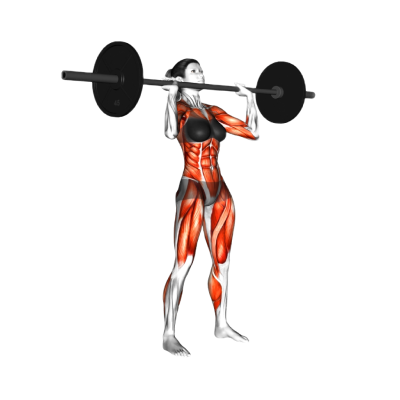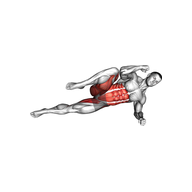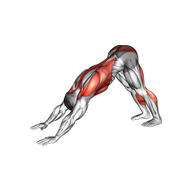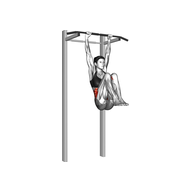What is a Dumbbell Side Bend?
Dumbbell side bends are isolated core exercise that targets your obliques. These are the abdominal muscles that run along the sides of your waist. To perform this exercise you only need a dumbbell or another type of weight, such as a kettlebell. Holding the dumbbell in one hand, you slowly bend sideways at the waist. The dumbbell should reach the feet and then come back again. If you work on squeezing your obliques during this exercise, dumbbell side bends can help you improve your core stability and build muscle definition along your sides. They’re especially beneficial if coupled with overall fat loss since you’ll build the illusion of a slimmer waist.
How-to
- Stand and hold a dumbbell in one hand with your arm straight by your side.
- Bend your waist to the opposite side of the dumbbell until a slight stretch is felt. Briefly hold.
- Slowly lower the dumbbell to the opposite side until a stretch is felt. Briefly hold.
Muscle Worked
Primary Muscle Groups
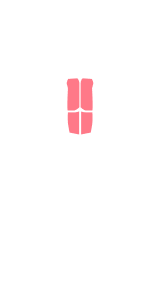

Abs
"Abs" refers to your abdominal muscles, which sit at the front of your trunk between your ribcage and pelvis

Obliques
The obliques help you twist your trunk and support your core and spine.Secondary Muscle Groups


Forearms
The forearms help you grip objects and move your hands, wrists and fingersPro Tips
- Keep control throughout this movement. That way, your torso stays stable and you don’t overextend or rely on momentum. Because you’re letting your weight drop toward one side, it’s easy to let gravity take over in this exercise. That is what you want to prevent by instead using your muscles to resist the load of your weight in both directions. A tight core also stops any jerky movements that could cause you to misalign and injure your lower back.
- Don’t bend too much to one side. For this exercise, using a smaller range of motion is better. You should concentrate on just your obliques.
Equipments
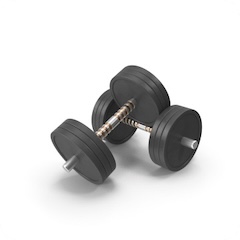
Dumbbell
Dumbbells are hand-gripped bars loaded with equal weight on both endsBenefits
- Stronger Oblique Muscles: Strong obliques are an essential component of your overall core stability. They play a key role in rotational movements that you’d make in sports or everyday twisting and bending motions. Overall stronger obliques can give you better posture.
- Core Stability and Balance: At first glance, the waist muscles may not seem as key to your balance as other muscles like your legs or glutes. But the core is your center— it’s the powerhouse behind keeping you stable in all things that you do!
Alternatives
The following exercises target the same primary muscle groups, using different equipment
Warm Up & Cool Down
Warm Up
- Standing Side Reaches: Stand with your feet hip-width apart. Stick one arm up and reach to the opposite side. You should get a gentle stretch along your side. Hold briefly then repeat on your other side. This will help to start activating your obliques, getting them ready for a weighted load.
- Torso Twists: Plant your feet comfortably and place your hands on your hips. Twist your torso, rotating from side to side. This is a dynamic way to get your core warmed up and your body ready for side-to-side bending.
- Cat-Cow Stretch: Kneel on all fours. Arch your back up, separating your shoulder blades. Look downward and think about “pushing the floor away from you.” Then, drop your belly down and think about pulling your chest through your arms (cow). This exercise gets your spine gently moving and starts to warm up your core and lower back.
Cool Down
- Seated Side Stretch: Cross your legs and sit on the floor. Bring one arm up and lean to the other side. This is a seated variation on the standing side reach, but it might feel easier and more comfortable for you to relax after your dumbbell side bend workout.
- Standing Forward Fold: Bring your feet together or no more than hip width apart. Hinge at the hips and slowly bend forward, reaching toward your toes. If you can’t touch your toes, you can reach toward the shins. If you find your shoulders hunching, bend your knees slightly. This gives you a stretch in your lower back and hamstrings and it’s a good way to release post-workout tension.
- Child’s Pose: Kneel on the floor, sit back on your heels, and reach your arms forward. Try to bring your forehead to the ground. This will lengthen your spine and release low back and core tension.
FAQ


Get fit with Flex
Build muscle & lose weight fast for free.
Available on iPhone + Apple Watch

